Report this entry
More from the same community-collection
La Mansion, Durangito neighborhood
A building covered with local Artists artwork near downtown El ...
Chopin Hall, El Paso, Texas circa 1905
Chopin Hall, facing Myrtle Street, where the Woman's Club of El ...
Madame Ur y sus hombres & Esperanza Azteca Symphony Orchestra
The Consulate General of Mexico in El Paso, Centro Cultural ...
Madame Ur y sus hombres & Esperanza Azteca Symphony Orchestra
The Consulate General of Mexico in El Paso, Centro Cultural ...
Madame Ur y sus hombres & Esperanza Azteca Symphony Orchestra
The Consulate General of Mexico in El Paso, Centro Cultural ...
Madame Ur y sus hombres & Esperanza Azteca Symphony Orchestra
The Consulate General of Mexico in El Paso, Centro Cultural ...
Mr. & Mrs. Murphy - Woman's Club Exhibit - 2016
The Murphy family attended the opening of the Woman's Exhibit at ...
The Woman's Club of El Paso - 2016
Photographs of past presidents of the Woman's Club of El Paso ...
The Woman's Club of El Paso - 2016
The Woman's Club of El Paso - 2016 Woman’s Club of El Paso: ...
The Woman's Club of El Paso - 2016
Jim Murphy to the left of the image and Bernie Sargent to the ...
Southwest University Park - Weigh - In - 2016
Photograph - Calista Silgado giving interviews at the weigh in ...
Weigh - In -Jennifer Han and Calista Silgado Fight - 2016
Louie Burke who is Jennifer Han's trainer being interviewed at ...
Weigh - In -Jennifer Han and Calista Silgado Fight - 2016
Calista Silgado being interviewed at the weigh - in, before the ...
Weigh - In -Jennifer Han and Calista Silgado Fight - 2016
Jennifer Han being interviewed at the weigh - in before her ...
Weigh - In -Jennifer Han and Calista Silgado Fight - 2016
Tom McKay with the Budweiser ladies at the weigh - in, before ...





















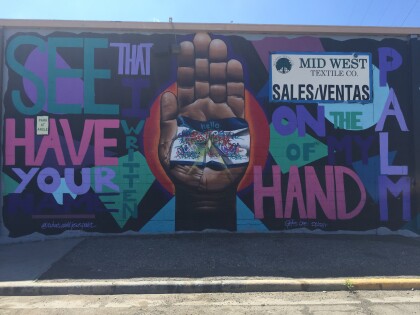
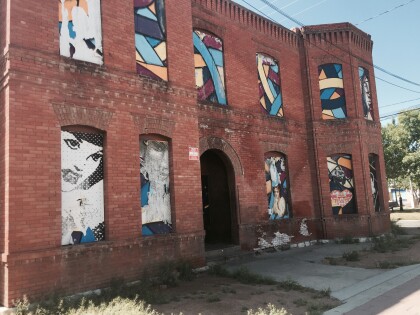
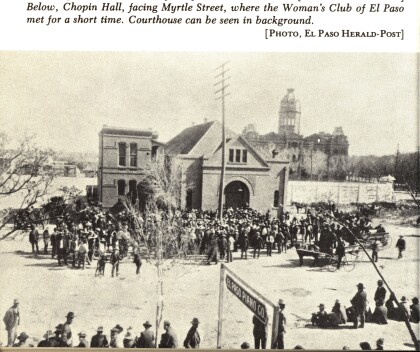
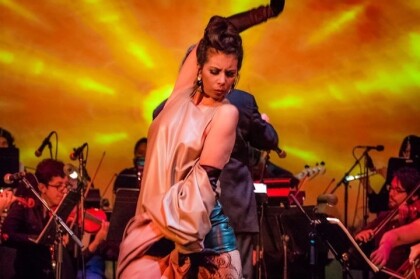
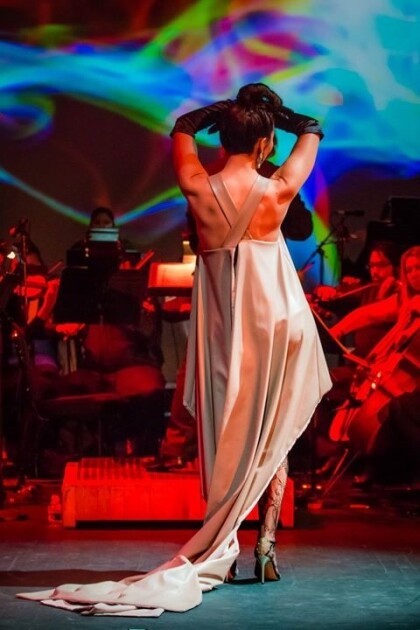
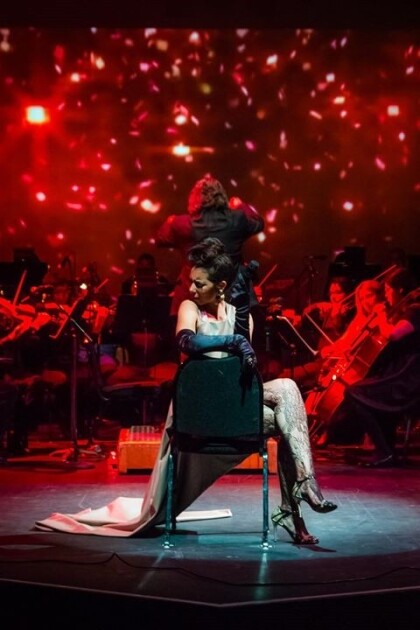

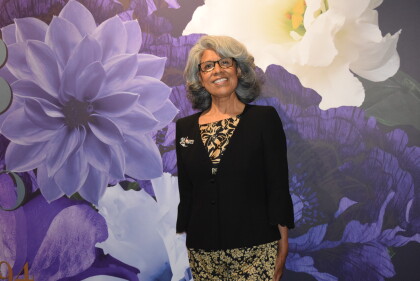
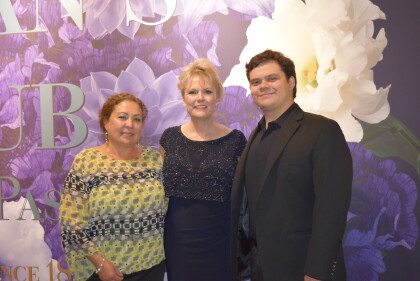
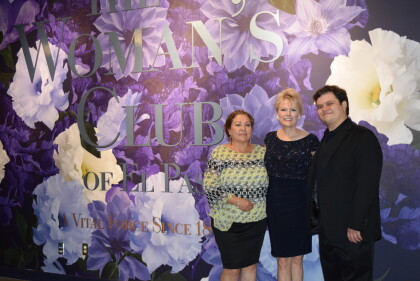
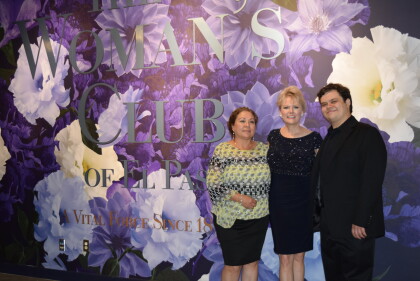
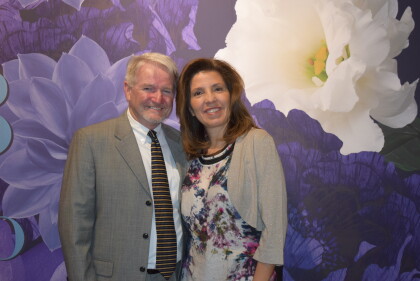
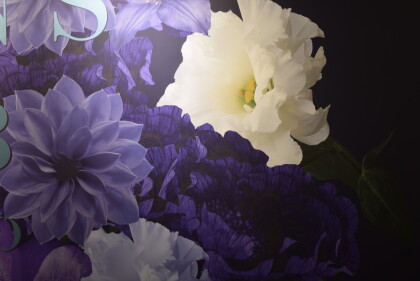
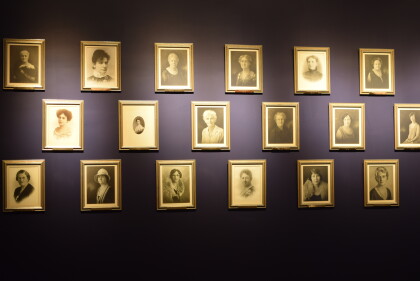
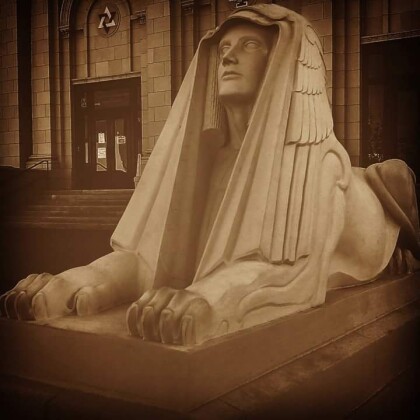
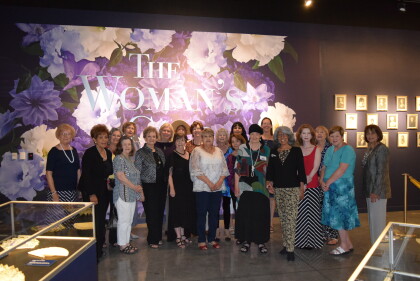
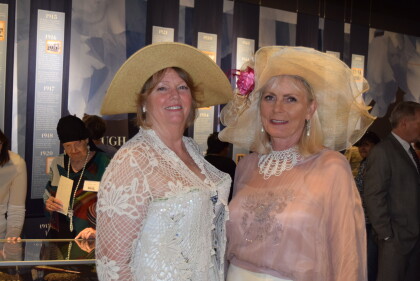
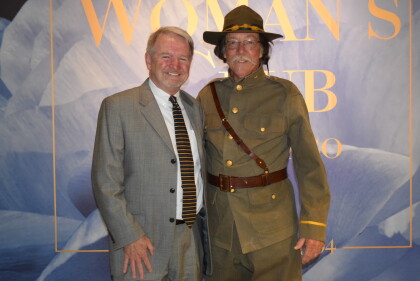

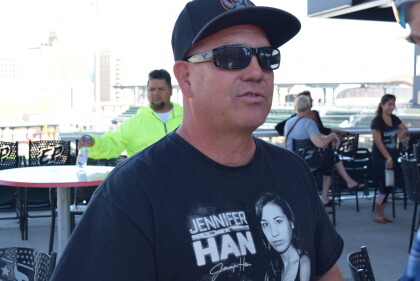

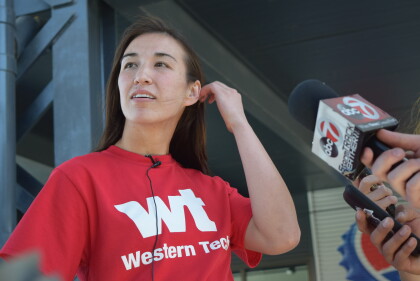
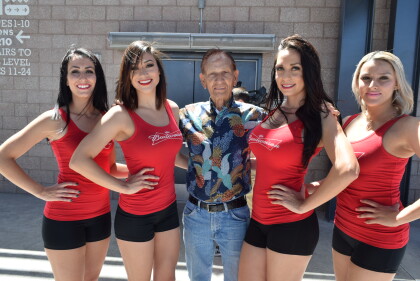
Comments
Add a comment